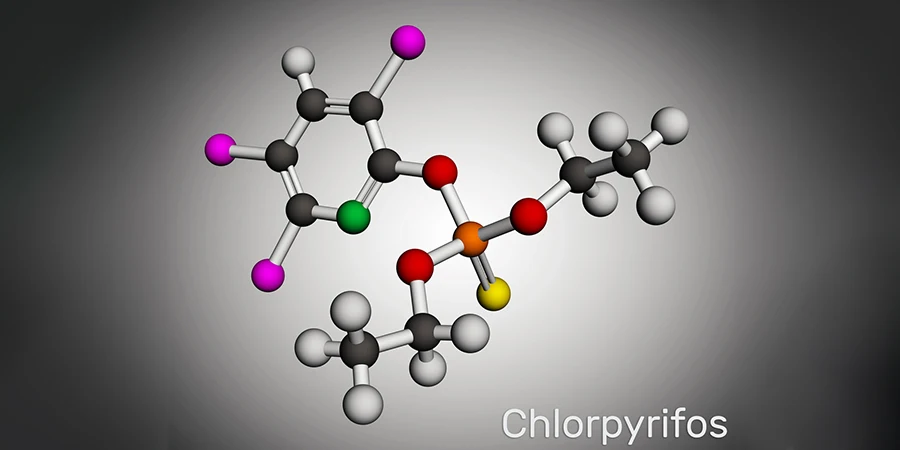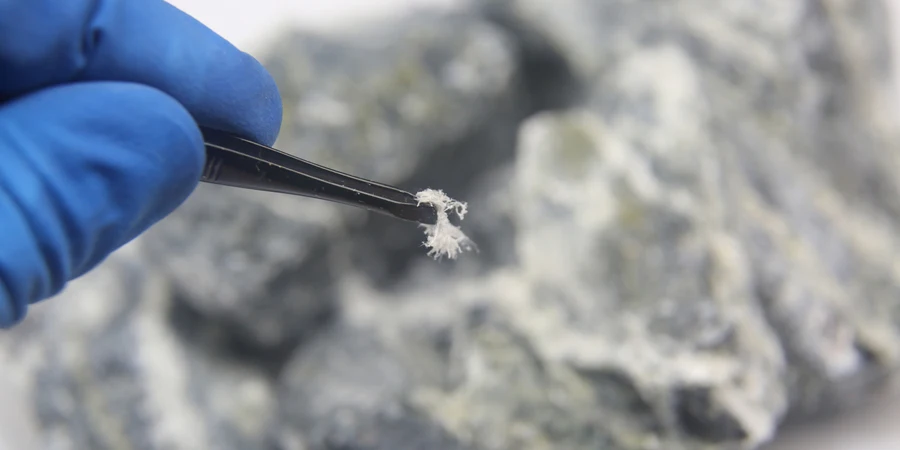Ukraine REACH Expected To Come into Force in June, Enterprises Facing Registration Challenges
The Ministry of Environment Protection and Natural Resources of Ukraine has issued the Ukraine REACH Resolution – “On the Approval of Technical Regulations on the Safety of Chemicals” and is open for comments as of March 22, 2024.
The Ukraine REACH draft, identical to the one submitted to the World Trade Organization in 2023, establishes the Ukrainian chemical legislative framework and aims to align Ukraine’s chemical safety regulations with EU standards. Foreign companies that are importers, manufacturers or represented by a local sole representative, companies that sell chemicals (substances/mixtures) on the Ukrainian market, as well as downstream users of these chemicals will be affected by Ukraine REACH.














